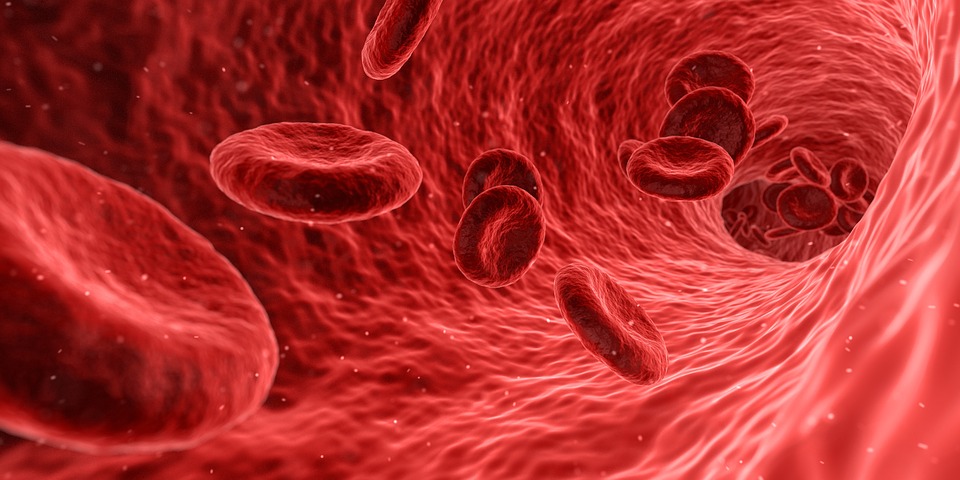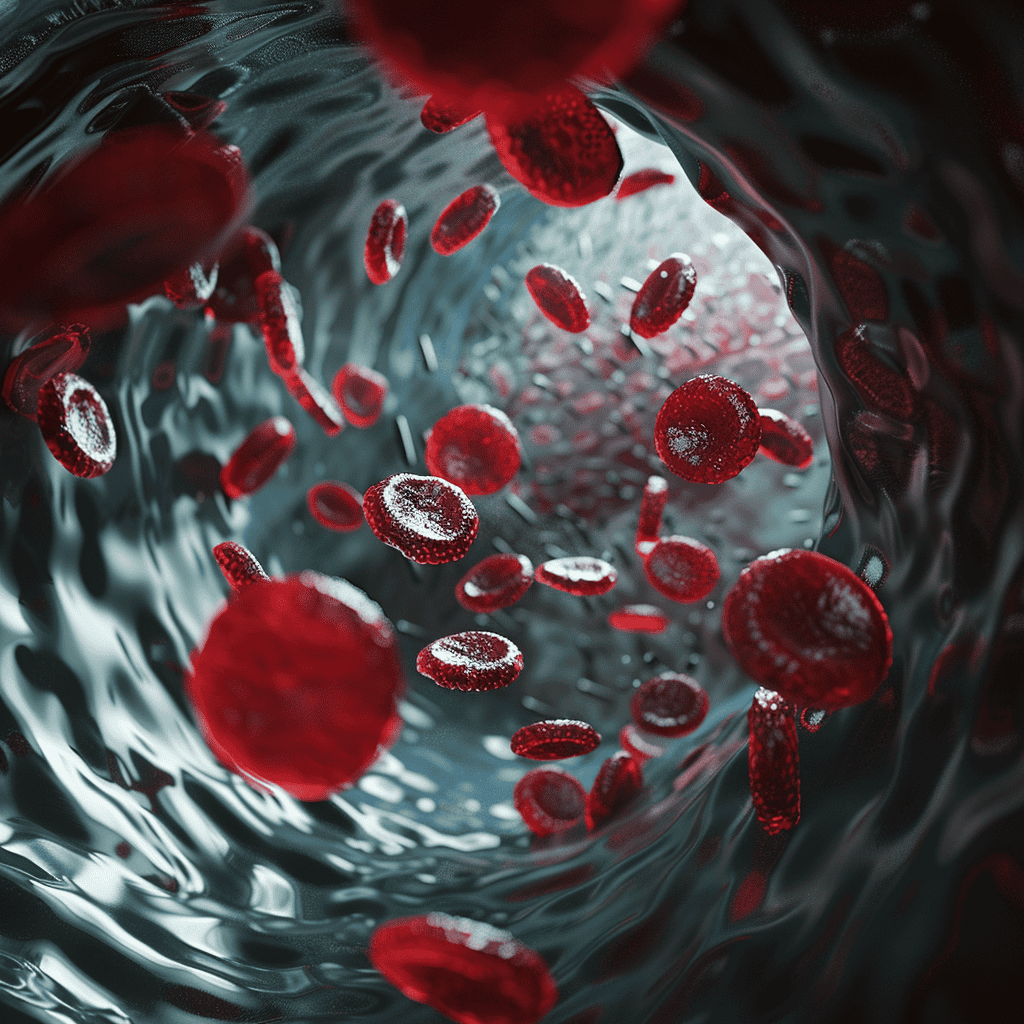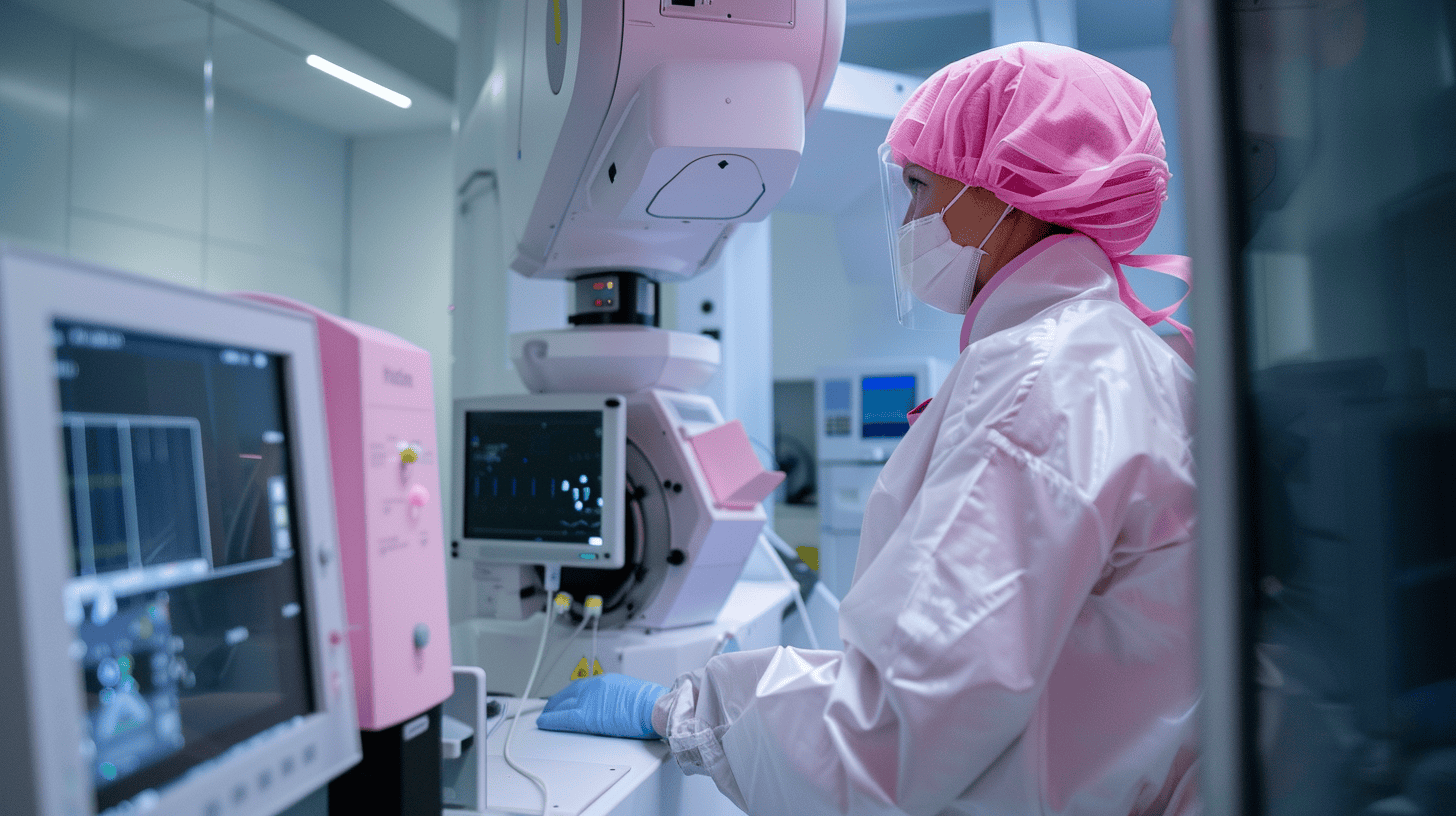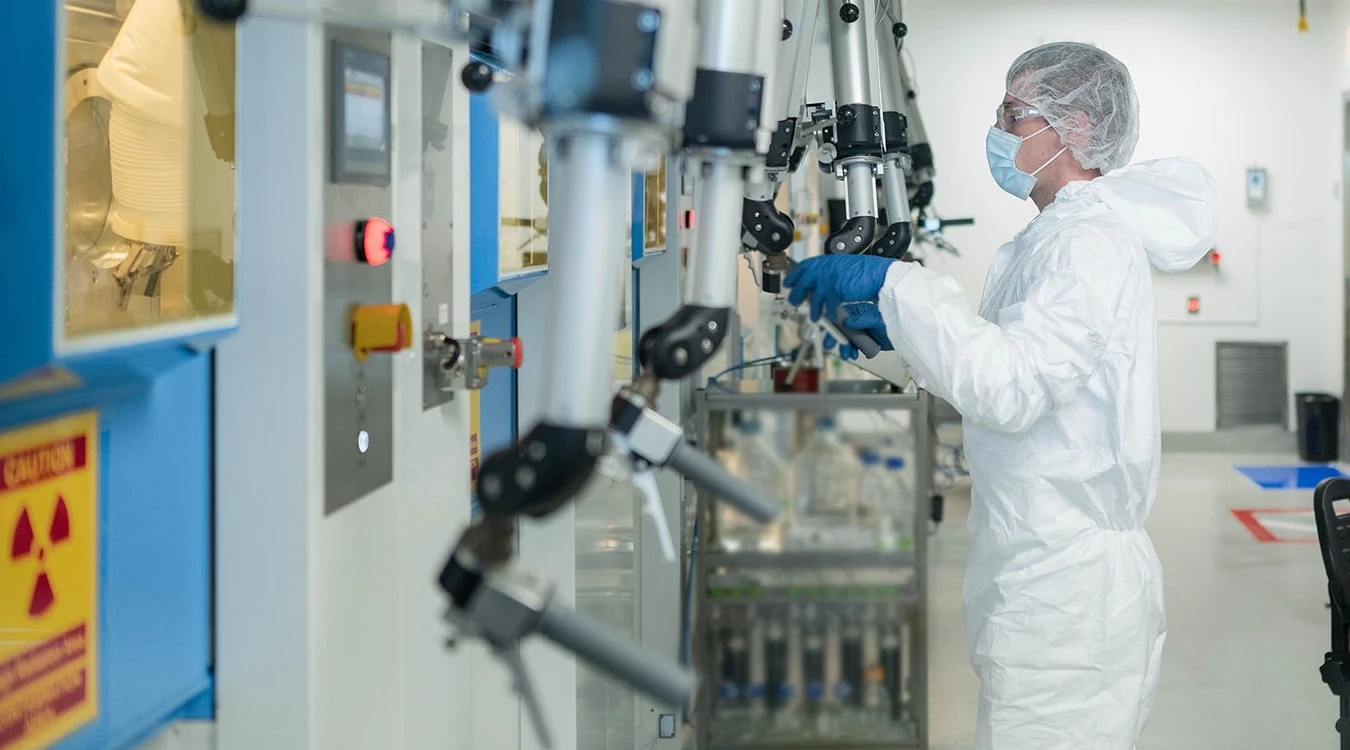
A nanosensor has been developed that can trace biomarkers for cancer in the blood that are difficult to detect. It is a scientific variant of ‘looking for a needle in a haystack’ whereby researchers from Twente and Wageningen have succeeded.
The sensor can take measurements on a nanoscale. This is done in order to detect the presence of small objects that are invisible to the human eye. These concern biomarkers, measurable indicators of a biological condition.
The search for biomarkers is a method that helps to detect metastatic cancer. Metastases are the spread of malignant tumours throughout other places in the body. The use of biomarkers is particularly advantageous because the technique is less stressful than an MRI scan. One of the drawbacks of the latter is that it is not recommended for everyone. For instance, for people who are claustrophobic, obese or who have a pacemaker.
Low concentrations of biomarkers
The biggest challenge when it comes to finding cancer biomarkers is their extremely low concentrations. Researchers at the University of Twente and Wageningen University have developed a nanosensor that is capable of accurately detecting biomarkers of cancer across a wide area. This sensor is capable of detecting the ‘signals’ of cancer from ten to a million particles per microliter of blood.
To be more precise, these are extracellular vesicles, so-called tdEVs, which merit a lot of attention because of their ability to shed some light on the presence of cancer. Although they are more common in blood than other cancer biomarkers, their concentration is still low compared to other blood components. Even though it is also acknowledged that there are many similar particles in blood in terms of size, a sensor has to satisfy a lot of criteria in order to be able to properly detect these.
At a nanoscale the sensor looks like two interwoven ‘combs’. This results in holes of approximately 120 nanometers between the ‘teeth’, i.e. electrodes. This tiny gap size amplifies the signal.
American publication
The sensor has two levels for selection and amplification of the signal. This allows the sensor to accurately detect particles at low concentrations. “The most unique feature of this sensor is that its sensitivity spans six levels of magnitude. In comparison to other sensors, it has most of the clinically relevant range for tdEV detection in the blood,” says Dilu Mathew, one of the researchers from the NanoElectronics group at the University of Twente.
Mathew is currently working on a new sensor. “The goal is to create a sensor capable of detecting a single tdEV in a small amount of blood”. His colleague from Wageningen, Pepijn Beekman, adds: “We can already detect individual nanoparticles in the lab.”
Their publication on the nanosensor got the scientists the cover of Nano Letters, a journal published by the American Chemical Society.








